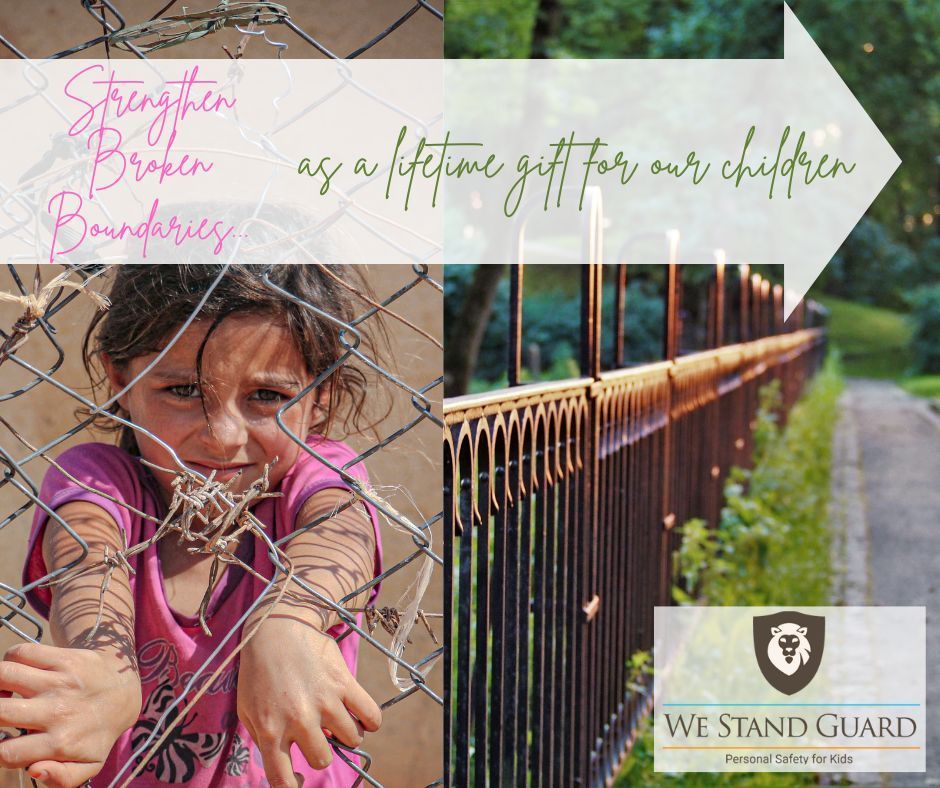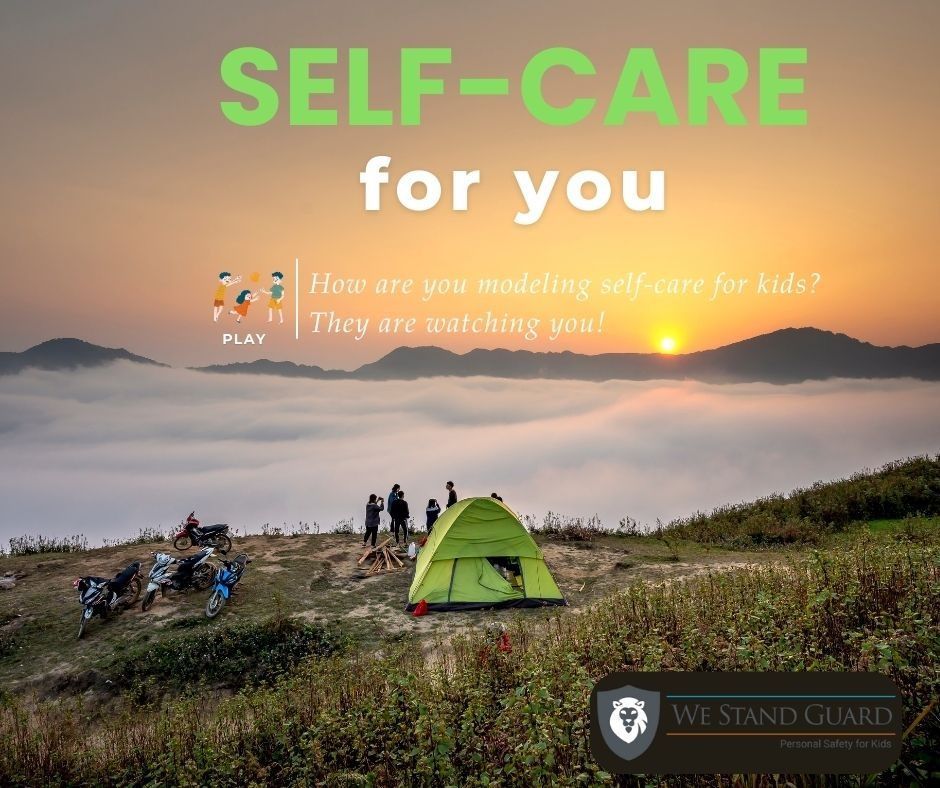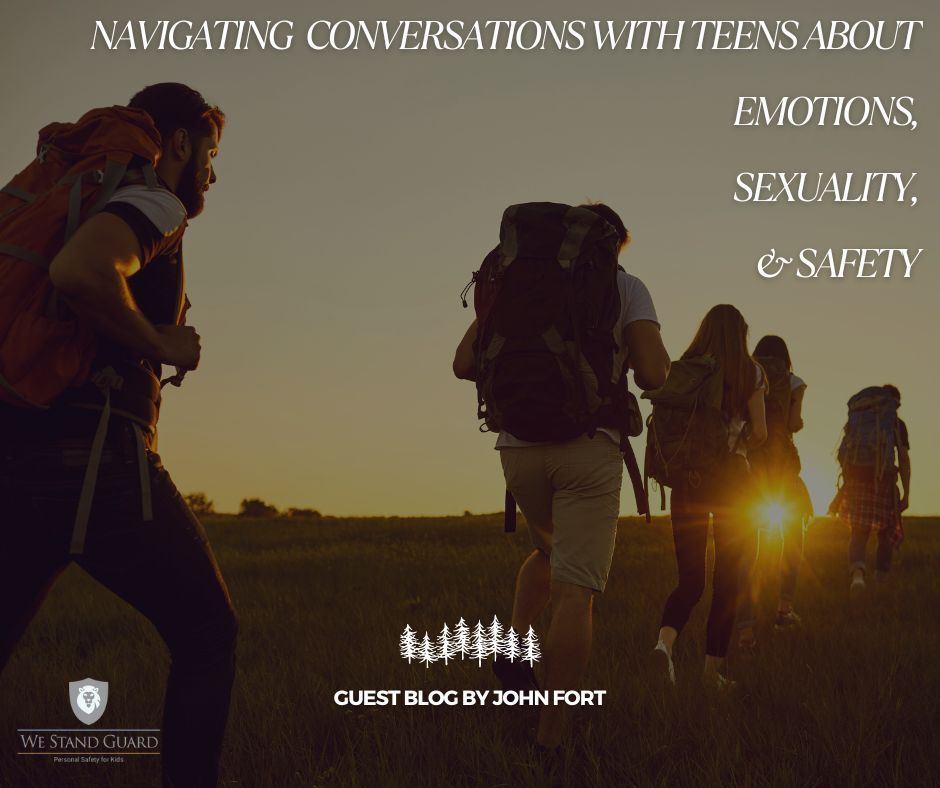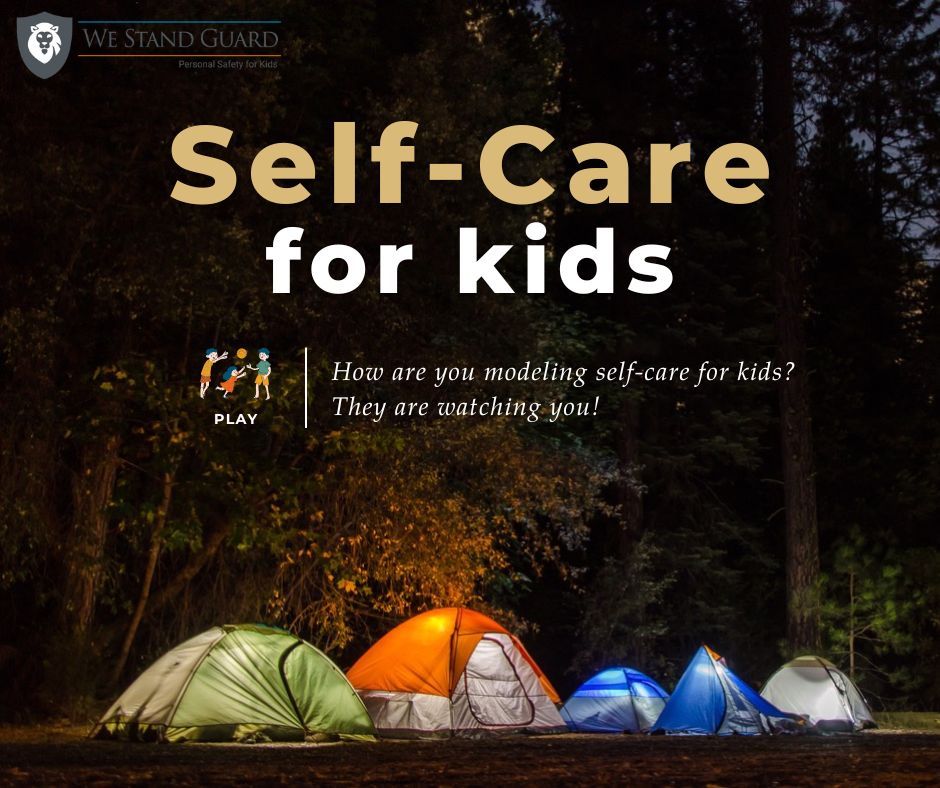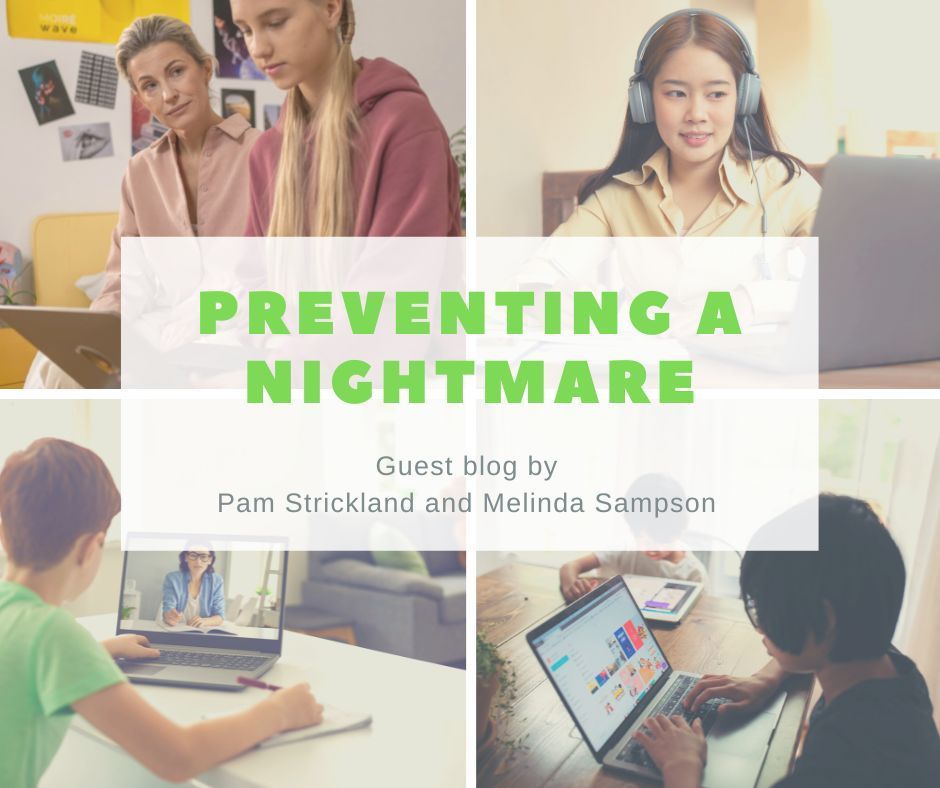How are Your Kids Safe in this Digital Age?
What's the progression from sexting to sextortion to sex trafficking?
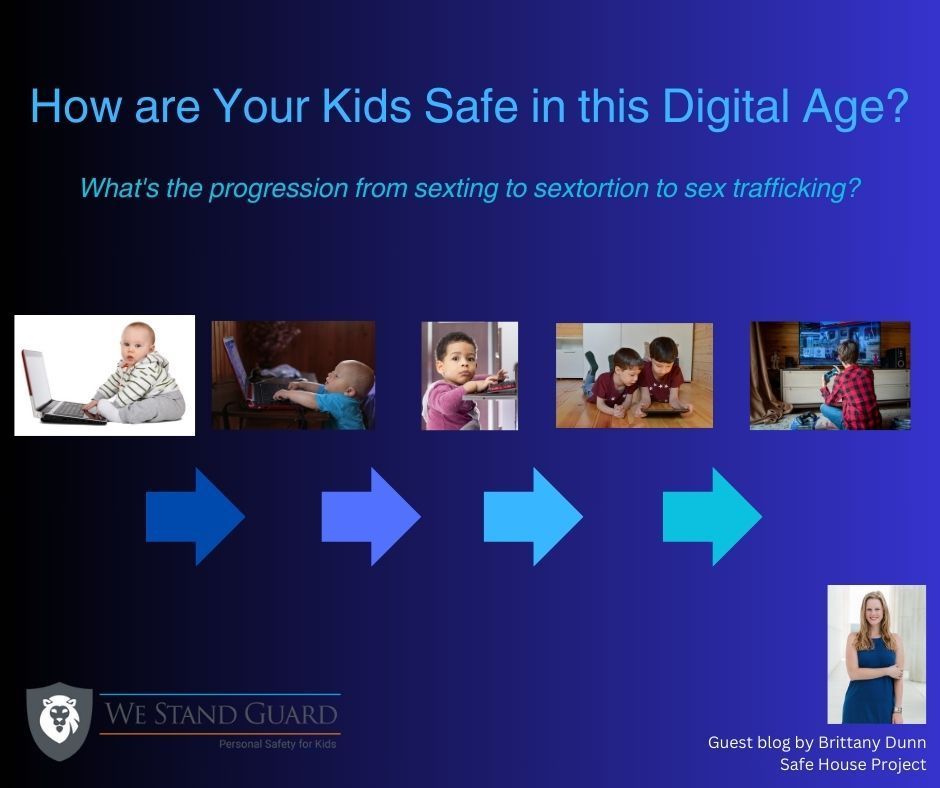
In fact a renowned specialist, Kristen Jensen, Author of Good Pictures Bad Pictures , says "The true genius of the Say “NO!” and TELL! books is the Scenarios section providing eight practical tools and relevant scenarios for grown-ups to practice and role play with the child."
As an educator of 15 years, I saw first hand how reading and then applying the content is key for long-term memory and muscle memory for both classroom academics and movement in PE respectively. Interacting with kids by asking powerful questions that relate to the child's life as well as role-playing vital life-skills can bring alive the body boundaries skills in ways that many books do not. The higher levels of thinking per Bloom's Taxonomy explain that after knowledge was presented, implementing the “skills and abilities” must follow with the understanding that knowledge was the necessary precondition for putting these skills and abilities into practice.
A few of the life-skills in the scenarios section of the Say "NO!" and TELL! books include device safety. The risks of kids' traumatic exposure to pornography (e.g. non-physical contact child sexual abuse) abound. Pornography is an aggressive industry preying on the vulnerable and targeting kids as young as 7 or 8 yrs (some say is the average age of exposure) since the "producers" (i.e. traffickers in most cases) know it's addictive. I advocate for training kids the earlier, the better, especially once they have access to a device with Internet.
What about the problem of sexting leading to sextortion leading to sex trafficking progression? Possibly, much to chagrin of many people recently watching the Sound of Freedom movie, these very real risks do not only happen overseas or far flung parts of the Earth. Sadly, the USA runs rampant with these atrocities, often leading the way in the consumption of it all. God help us all. To learn more, we invite you to tune in to learn more from Brittany Dunn, COO at the Safe House Project as well as read her guest blog below.
Guest blog written by Brittany Dunn - COO of Safe House Project
We have a neighbor with two girls, ages 7 and 12. Sometimes our kids play outside in the afternoon on the weekends. One afternoon as I walked up to the kids outside, I happened upon the last few seconds of a “ TikTok ” video that our neighbor’s 12-year-old daughter was making. As I approached, she quickly turned off the phone and put it in her pocket. What was most disturbing about this 5-second observation was not that I surprised her as I walked up to check on the kids outside playing, it was that she was in her bathing suit while making this video. And, even though it was just a few seconds, and my child, although not in the video was right next to her doing something else. The way she moved her hips and flipped her hair, it just didn’t look natural for a child if there is such a thing. I didn’t say anything to her or to my kids. We ended up swimming that day. I held my tongue. I just started noticing more.
Two days later, the whole picture comes into focus while our family is out at dinner. Our neighbor’s 12-year-old daughter is obsessed with her phone (what 12-year-old isn’t these days?) and she doesn’t let anyone ever have it. It’s always with her, which kind of gets weird when you’re trying to play foursquare outside with your siblings. She’s obsessed with the phone because she’s taking pictures of herself for Instagram and selling them online for money or points on TikTok. Now if that wasn’t cause for concern enough, she recently shared that she has over 60,000 followers online.
Mind you, she’s not an “influencer” and she isn’t “branding herself” right now on social media. What she’s branding herself for is human trafficking. This is how close we are to these friends. That’s how it’s crept into our neighborhoods. Selfie’s with addresses in the background and location-based posting. If you’re in the News media, by all means, these things are relevant, but as a child, never! A child is inherently vulnerable. It’s our job as the parents, caregivers and those who care about children --the protectors and the adults-- to do something and say something in this situation. To put the phone down and have a conversation with them, eye to eye.
So who do you know? Who do you know that has a child with a cell phone? Because those are the next victims in this cycle. Who do you know that isn’t monitoring their child’s messages or DM’s or “private DM” accounts? That was one of the questions I was asked as our families stood outside in our driveway and finally discussed what was happening. “How did you know about the bathing suit photo?” she said. I walked outside and looked around. It’s hiding in plain sight, friends.
Do you realize that hundreds of thousands of American kids are sex trafficked every year? Traffickers are grooming millions of kids. Sextortion is one of the fastest-growing crimes. We as parents, have our job cut out for us to keep our kids safe, but the great part is that you are not alone. We are here to help empower you to have the hard conversations, to educate you on signs and indicators, and to help STOP the spread of these heinous crimes against children.
So, to make sure we are all on the same page, let’s clarify some definitions.
- Grooming : refers to actions or behaviors used to establish an emotional connection with a child under the age of consent, and sometimes the child's family, to lower the child's inhibitions with the objective of sexual abuse.
- Sextortion : When someone demands sexual images under threat of releasing or distributing material the child seeks to keep private.
- Child sexual abuse material (legally known as child pornography in the U.S.): refers to any content that depicts sexually explicit activities involving a child.
- Child Sex Trafficking : commercial sexual exploitation of a child.
Keeping kids safe in the digital age is a challenge. Predators are lurking around every online corner waiting for a moment of vulnerability. Parents cannot be everywhere, but we can do our best to protect our kids by empowering them to protect themselves. We can also know the signs and indicators of grooming, sextortion, and child sex trafficking to ensure we can spot, report, and prevent any suspicious activity. Join as for our upcoming webinar, where we dive into these important topics, and give you critical resources to help you on this journey.
Safe House Project has a vision of eradicating child trafficking by uniting communities to end domestic sex trafficking and restore hope, freedom, and a future to every survivor.
Safe House Project’s mission is to increase survivor identification beyond one percent through education, provide emergency services and placement to survivors, and ensure every trafficking survivor has access to safe housing and holistic care. Learn more at
or take our one-hour trafficking training at IAmOnWatch.org
Follow Us On Social
Instagram: @safehouseproject
Facebook: @SafeHousePrjct
LinkedIn:
https://www.linkedin.com/company/safe-house-project/
YouTube:
https://www.youtube.com/channel/UCsW4-ZQ8l4fnaZnNlCXrDlQ
